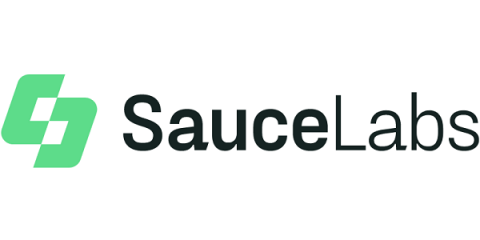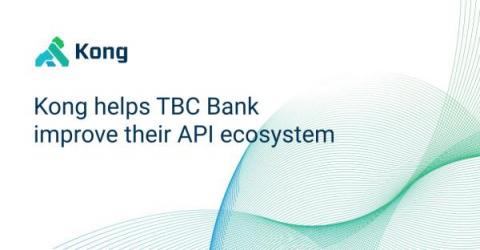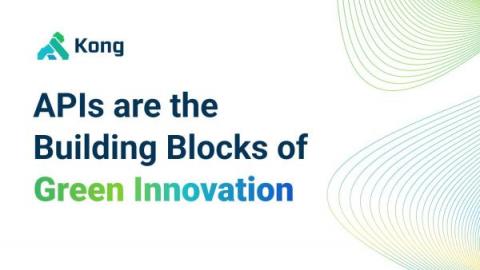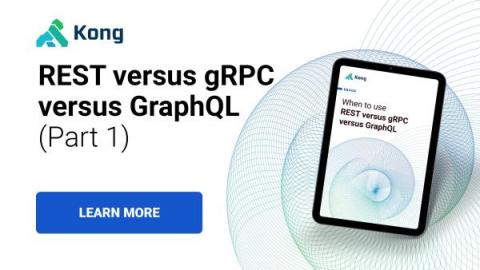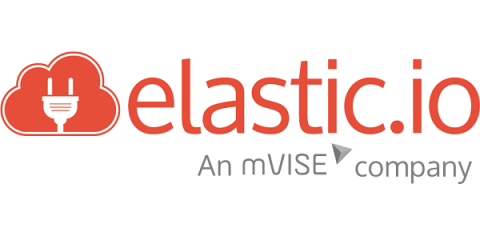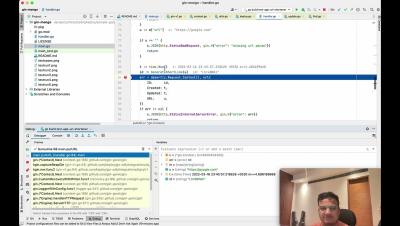Automated API Testing for CI/CD and Microservices
Interdependence and collaboration between businesses and commercial sectors have changed in recent years with the use of Application Programming Interfaces (APIs). APIs have been around long enough for companies to know that they can use open web technologies to extend their services via in-app integrations. APIs allow two programs to communicate with one another and exchange data in a smooth manner. Once an API has been created, it is vital to test the interface to ensure that it is functional.


